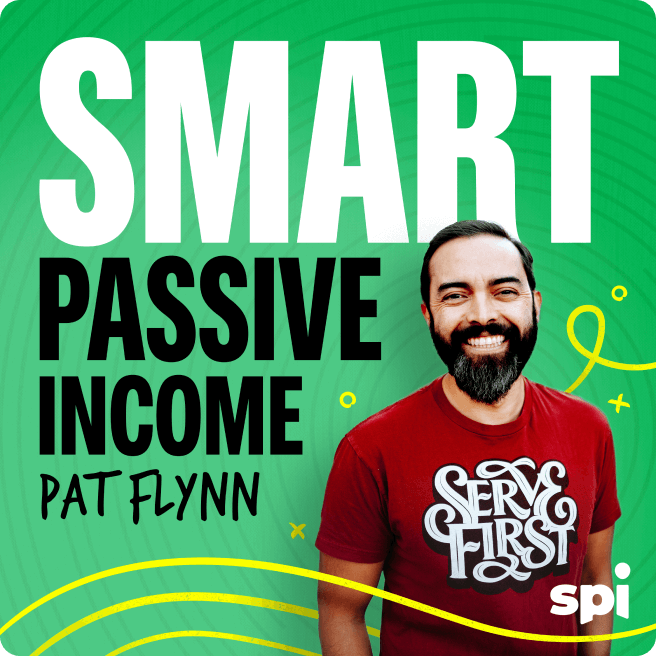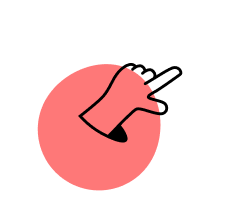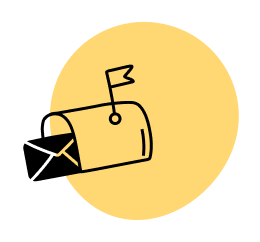Maybe you’ve heard the name Jeff Walker. Even if you haven’t, you’ve probably heard of something called the Product Launch Formula. If you’ve been in business online for any number of years, PLF has become the staple way that people launch their products online. It’s also referred to as the “three-video series formula” for pre-launching a product of any kind: a service, a physical product, digital product, online course, training—you get the picture.
PLF has become ingrained in the world of internet marketing and online business, and today, we’re talking with the man himself, the legend, Jeff Walker. Jeff “launched” his book Launch in 2014, and it went on to become a New York Times bestseller. [Full Disclosure: As an affiliate, I receive compensation if you purchase through this link.] He recently came out with a new, revised version of the book that updates the PLF formula to cover how to launch products in today’s world, with shorter attention spans and shorter sales cycles. This is Jeff’s first time on the show, and he’s going to share with us his framework for launching a product online today, using the updated and enhanced version of the PLF formula that’s been helping entrepreneurs make sales since 1996.
This is a highly valuable episode that I’m sure many folks will want to listen to more than once. Let’s hear it all from the guy who created the system that’s made over a billion dollars for entrepreneurs.
Today’s Guest
Jeff Walker
Jeff Walker is the author of the #1 New York Times bestseller Launch. He teaches people how to launch online courses, products, services, and brands online. Jeff started his first online business in 1996, and he pioneered the very idea of the online launch. His “Product Launch Formula” transformed the online marketing world from the day it was released in 2005—and Jeff and PLF have never slowed down. Now more than 15 years later, the Product Launch Formula brand is the gold standard in the online entrepreneurial training market. Jeff’s students and clients have done over a billion dollars in launches in hundreds of niches and markets and dozens of countries around the world. Jeff lives in Durango, Colorado (because he can live anywhere he wants), and he loves to get outside for all kinds of adventures. He’s been married to his wife Mary for decades. He’s no longer quite as fast as his kids on skis or mountain bikes… but they still let him come along for the ride.
You’ll Learn
- How Jeff went from flaming out in the corporate world to making $1 million in sales in one hour
- The three components—stories, sequences, and triggers—that make up the Product Launch Formula
- Why Jeff’s team holds a “closing ceremony” at the end of each launch
- What to expect in the revised and updated version of Jeff’s NYT bestseller Launch
- How to use triggers like reciprocity, scarcity, and authority to get people’s attention
- Everything that goes into the “prelaunch” and “open cart” phases of a PLF launch sequence
- Why Jeff loves live video (and how the “squirrel cam” became a thing)
- How to get audience case studies (and why people love sharing them)
Resources
Note: The resources below are affiliate links, meaning I receive a commission (at no extra cost to you) if you use that link to make a purchase.
- Launch (Updated & Expanded Edition) by Jeff Walker
- Influence by Robert Cialdini





